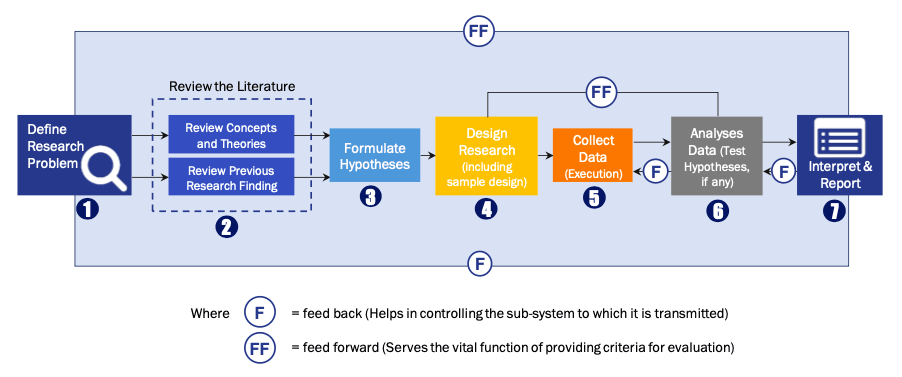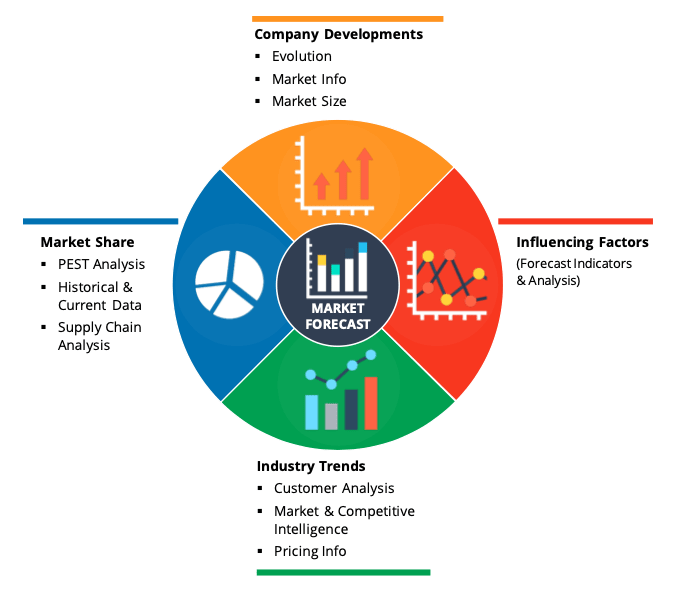Covid-19 Impact on Flight Simulator Market:As the COVID-19 pandemic continuing its effect around the world, many defense and aerospace companies are facing its impact during this time around the world. For instance, commercial aviation companies in the U.S., France, Germany, and Canada are facing disruption in the production process and reduced demand as workforces staying at home, passengers stop traveling, and delay in delivery of new aircraft. Analysts expecting a drop from 3,000 to 4,000 aircraft during the pandemic period. On the defense side, contractors operating in the sector are in a better position, hence the impact of the pandemic is likely low in the short to mid-term. However, low demand due to budget constraints affecting the production as in aircraft manufacturing.
Market OverviewFlight simulator is a device or equipment that generates an artificial environment for the training of the pilot and other staff. Flight simulation is considered to be one of the best form of VR i.e. virtual reality. The flight simulator permits the pilot or flight crews to have the hands on knowledge of flying the flights in secured and safer way. Similarly, pilots are capable to exercise in different complex circumstances that might not be recognised in environmental terms.
Increasing cost of the aircraft production and loss of human lives are some of the major factors that are driving the growth of flight simulator market. The cost of production of the military and commercial aircrafts are increasing continuously. Furthermore, these aircrafts require improved engines, strong navigation, safety measures, and communication system. Further leading to the increment in cost. However, Flight stimulation provide cheaper facilities at similar environment. Also reduces the cost for the loss of life. Hence is highly recommended for new pilot training and other staff training.
One of the key parameter that limits the growth of flight simulator market is the price involved in the construction of flight simulator. However, the main advantage of using flight simulator is that these flight simulator can be activated without damaging the actual aircraft, decreasing maintenance of aircraft.
Segment OverviewThese flight simulators can be used on different platforms, including military aircraft, commercial aircraft, helicopter simulator and various Unmanned Aerial Vehicles (UAVs) such as drones. The commercial aircraft section is likely to lead the flight simulator market over the forecast period. Increase in the global air traveller traffic is the major factor driving the growth of aviation industry, and hence leading to the increased demand for commercial flying machine deliveries. This increase in the demand for the new aircraft creates added demand for the commercial pilots, acting as a major factor in propelling the growth of flight simulator market.
Regional OverviewMarket growth in Asia Pacific region is mainly driven by the growing number of deliveries of commercial aircraft and unmanned aerial vehicles. Increase in disposable income and changing demographics in the region is further driving the demand of air travel, which supports demand for the new pilots, thus, consequentially resulting in the demand for the new flight simulators in region. For instance, rise in pilots by China’s Eastern Airlines is propelling the flight simulator market.
Competitor overviewSome of the important companies operating in the market are ZedaSoft, Inc.; Rockwell Collins; L-3 Link Simulation and Training; Kratos Defense and Security Solutions;, and Meggitt Training Systems. Players are collaborating with the technology providers in order to increase product range and decrease time-to-market. Additionally, they are focusing on improving the Aircraft Simulation Technology (AST) to provide superior product.
For instance, FlyInside Inc., VR Aviation Company, announced next generation Flight Simulator. It includes ten high-quality stock aircraft, latest VR support, a 64-bit engine intended for multi-core systems and modern GPUs, and scenery system.
Key Players
- Boeing Company
- Collins Aerospace
- FlightSafety International
- ZedaSoft, Inc.;
- Precision Flight Controls
- SIMCOM Aviation Training
- Kratos Defense and Security Solutions;
- Rockwell Collins;
- L-3 Link Simulation and Training;
- Meggitt Training Systems
- CAE
Market SegmentationBy Platform
- UAV
- Commercial
- Military
- Helicopter Simulator
By Type
- Full Flight
- Flight Training Device
- Full Mission
- Fixed based
By Geography
- North America
- Europe
- UK
- Germany
- France
- Italy
- Spain
- Rest of Europe
- Asia-Pacific
- Japan
- China
- India
- Australia
- South Korea
- Rest of Asia-Pacific
- LAMEA
- Brazil
- Saudi Arabia
- UAE
- Rest of LAMEA
Research Process
Data Library Research are conducted by industry experts who offer insight on
industry structure, market segmentations technology assessment and competitive landscape (CL), and penetration, as well as on emerging trends. Their analysis is based on primary interviews (~ 80%) and secondary research (~ 20%) as well as years of professional expertise in their respective industries. Adding to this, by analysing historical trends and current market positions, our analysts predict where the market will be headed for the next five years. Furthermore, the varying trends of segment & categories geographically presented are also studied and the estimated based on the primary & secondary research.
In this particular report from the supply side Data Library Research has conducted primary surveys (interviews) with the key level executives (VP, CEO’s, Marketing Director, Business Development Manager
and SOFT) of the companies that active & prominent as well as the midsized organization
FIGURE 1: DLR RESEARH PROCESS

Primary Research
Extensive primary research was conducted to gain a deeper insight of the market and industry performance. The analysis is based on both primary and secondary research as well as years of professional expertise in the respective industries.
In addition to analysing current and historical trends, our analysts predict where the market is headed over the next five years.
It varies by segment for these categories geographically presented in the list of market tables. Speaking about this particular report we have conducted primary surveys (interviews) with the key level executives (VP, CEO’s, Marketing Director, Business Development Manager and many more) of the major players active in the market.
Secondary Research
Secondary research was mainly used to collect and identify information useful for the extensive, technical, market-oriented, and Friend’s study of the Global Extra Neutral Alcohol. It was also used to obtain key information about major players, market classification and segmentation according to the industry trends, geographical markets, and developments related to the market and technology perspectives. For this study, analysts have gathered information from various credible sources, such as annual reports, sec filings, journals, white papers, SOFT presentations, and company web sites.
Market Size Estimation
Both, top-down and bottom-up approaches were used to estimate and validate the size of the Global market and to estimate the size of various other dependent submarkets in the overall Extra Neutral Alcohol. The key players in the market were identified through secondary research and their market contributions in the respective geographies were determined through primary and secondary research.
Forecast Model


